2.7K
It was a brisk morning. The sun was rising behind the forest walls. There was morning bustle in the campand the air was filled with the smell of a hearth and coffee. As Thomas stuffed his pipe with tobacco, he thought about hiring more workers. He did not know yet that this day would change his life and connect him forever with the emerald lake of Lake Louise
It is 1882. Young Thomas Wilson is camping at the mouth of the Pipestone River in today’s southwestern Alberta. Employed by the Canadian Pacific Railway, he is assisting with route investigation for the construction of a new railroad to cross the Rocky Mountains. When camp life is interrupted by the sounds of an avalanche, his curiosity tells him to find out where its source is. Thomas is a bit like Indiana Jones of that time. Wearing a hat, trousers with braces and a pipe in his mouth, he jumps on his horse to follow the Indian who leads him to this place. And just like in the Indiana Jones movies, he “discovers” a hidden treasure. The emerald color of the lake shimmering in the sun, completes the surroundings of the forests and the mountain hills. A glacier rises in the middle, with solidified paths descending to the lake. Water is like a mirror reflecting the entire landscape. All around you can hear the sounds of nature and the earth does not seem to be touched by humans. Is this what one of the main scenes in adventure movies looks like?
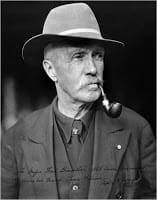
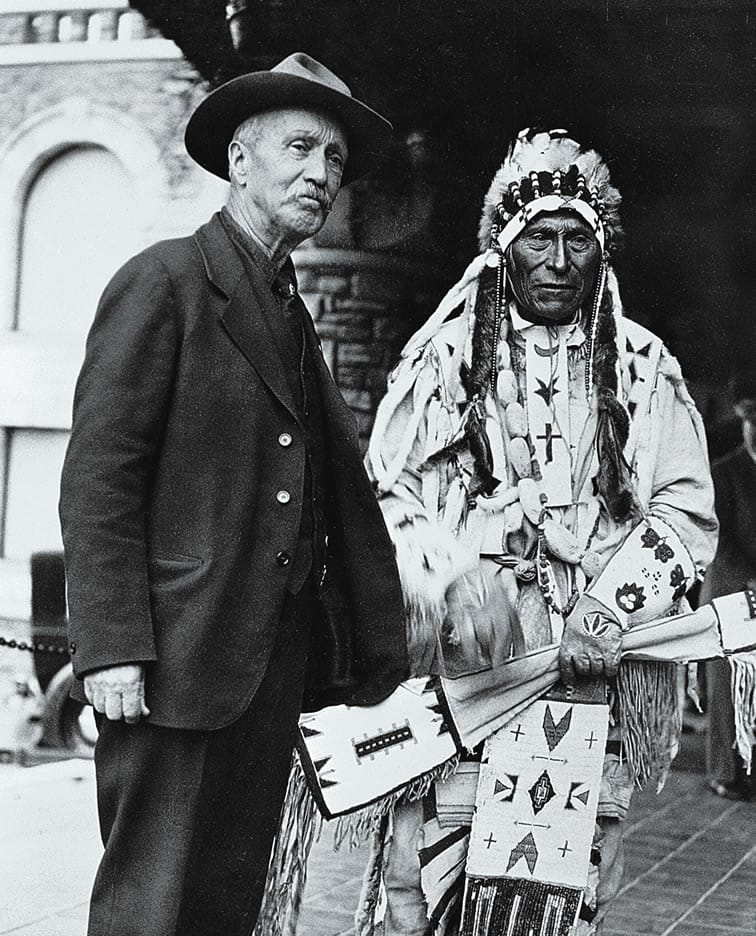
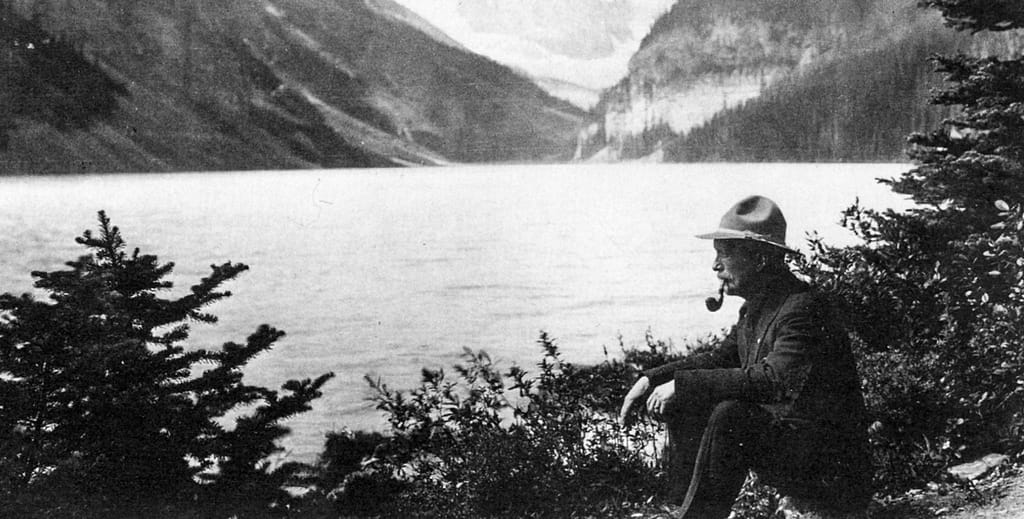
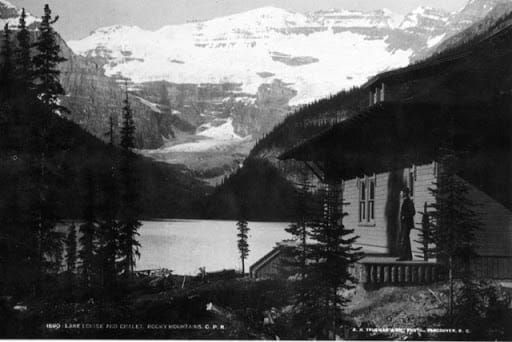
When one adventure ends on the shores of an emerald lake, the other begins. A few years after Thomas made his discovery, in 1890 a one-story hut was built by the lake. The owner is Cornelius Van Home, CEO of the Canadian Pacific Railroad. Originally a modest building was called “Chalet Lake Louise”, it hosts rail passengers and adventurous climbers. The building is consumed by fire twice, to eventually turn from a small, modest cottage by the lake into today’s Fairmont Chateau Lake Louise.
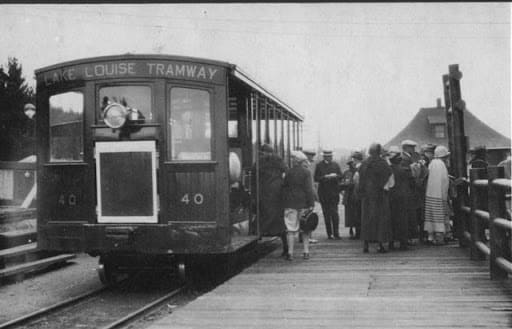
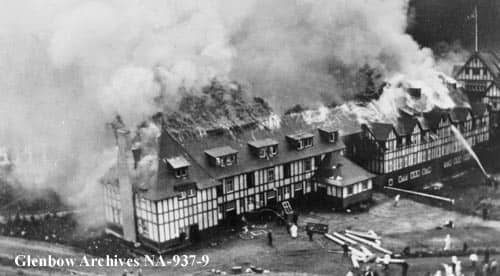
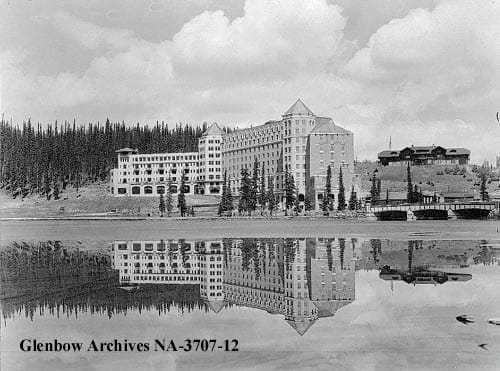
The photos come from the archive Glenbow Museum
The growing popularity of mountain climbing and the fascination with exploring new wild areas contributed to the development of Fairmont Chateau. When Philip Abbot dies while climbing in 1896, the Canadian Railway brings two professional mountain guides from Switzerland. Over the years, they have looked after the safety of visitors as they reach the top of Mount Lefroy, crossing the pass “Abbot Pass Hut” which was named after the deceased climber.
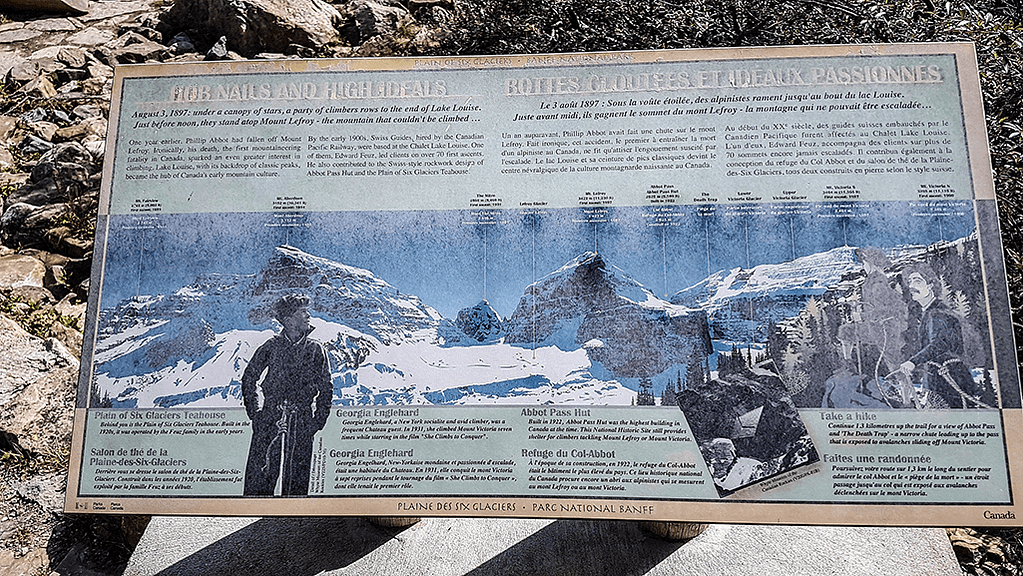
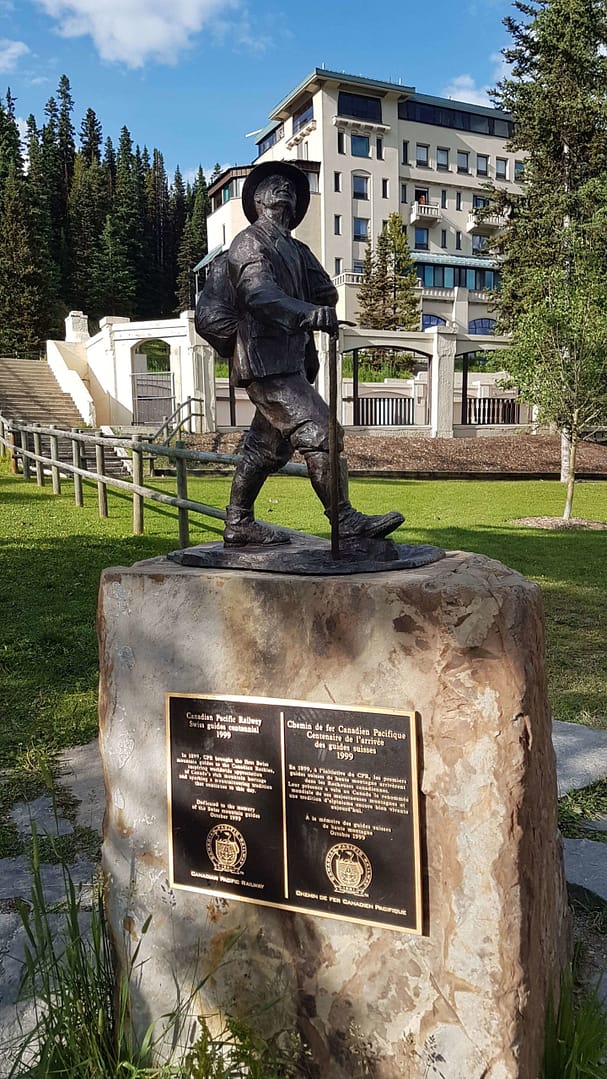
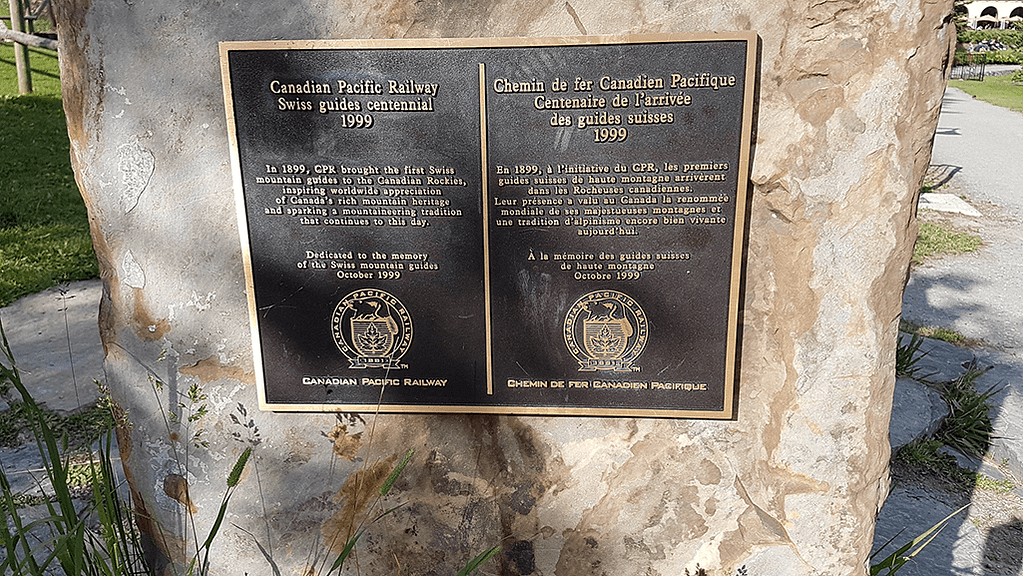
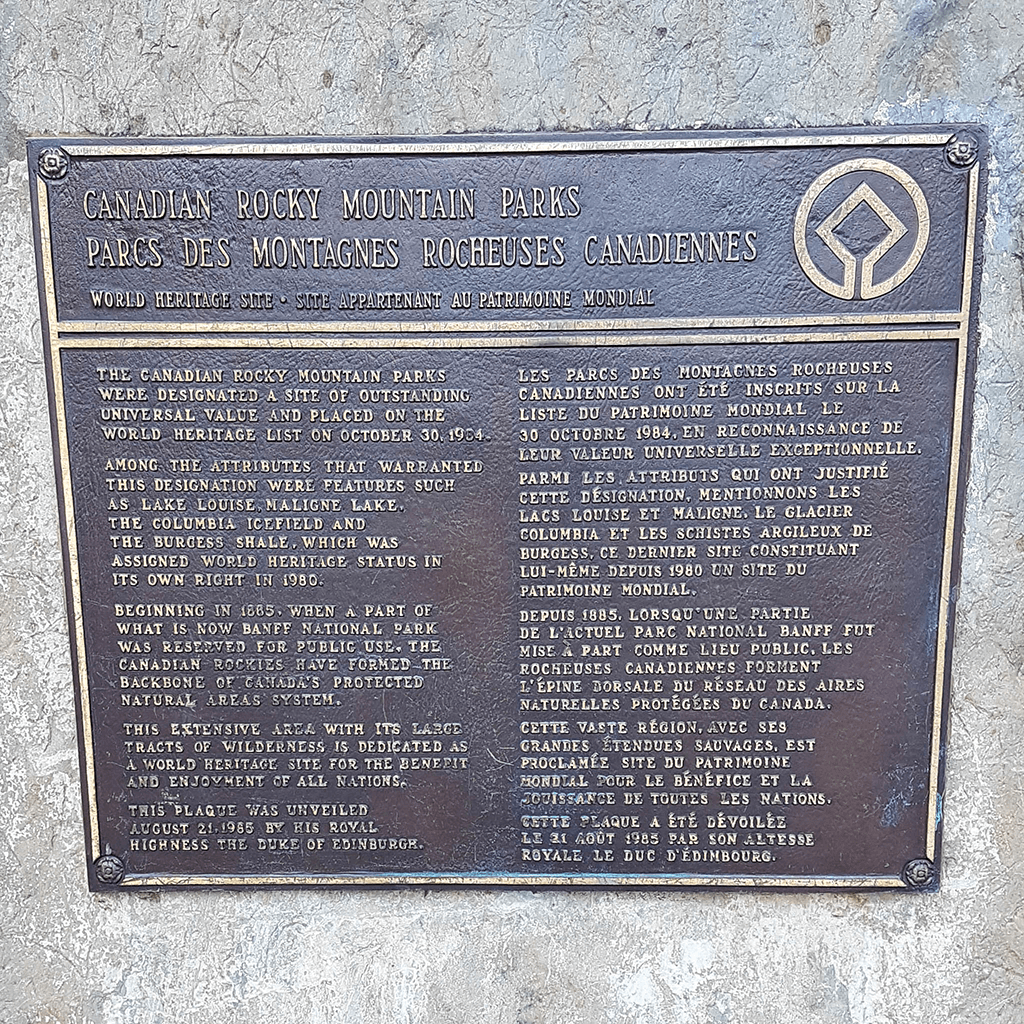
It could be believed that Cornelius Van Home has used the land for commercial purposes. However, he was the person who convinced the government that natural goods should be protected. Thanks to him, in 1885 the first National Park in Canada was created – the present Banff National Park.
Over the time, not only mountain climbing enthusiasts started to come to Lake Louise. The area around the lake turned out to be ideal for hiking, horse riding and skiing. To this day, Fairmont Chateau Lake Louise hosts the annual World Championships for winter sports enthusiasts.
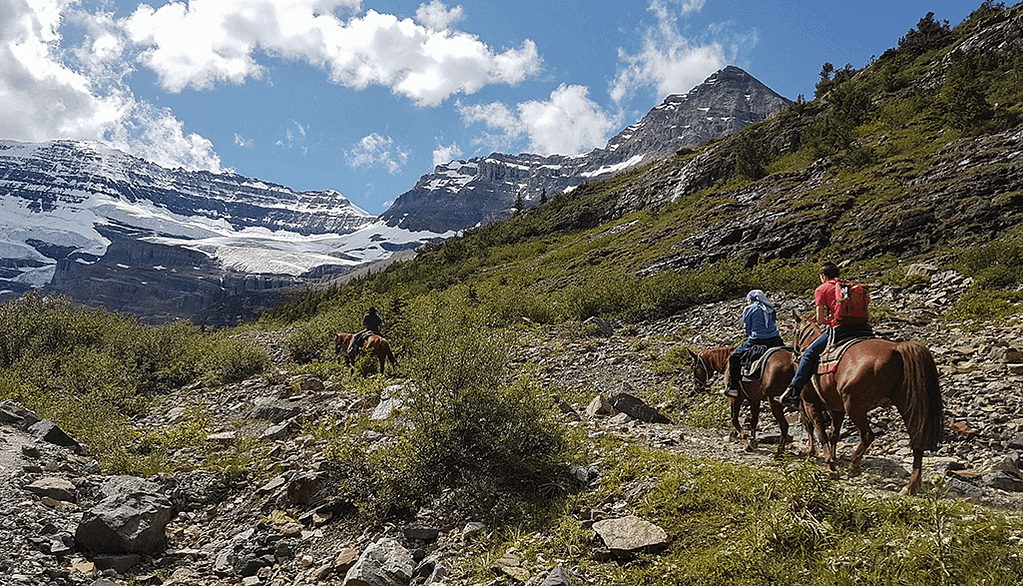
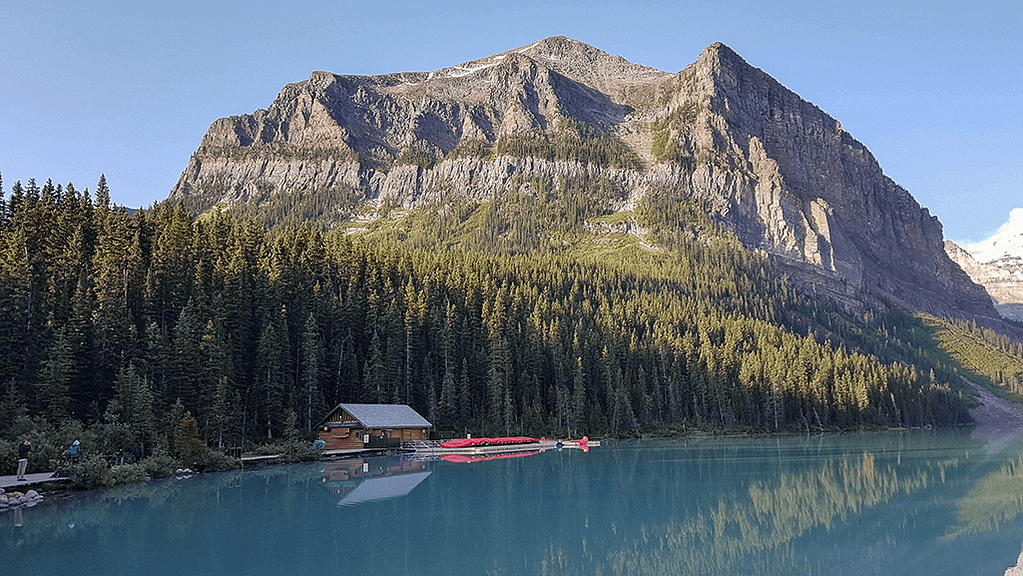
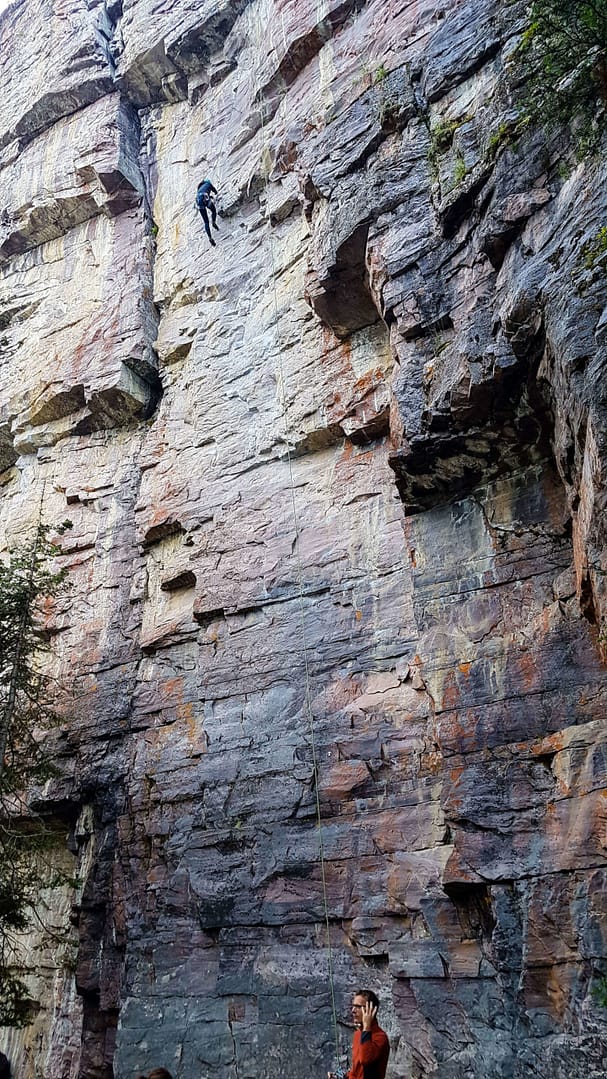
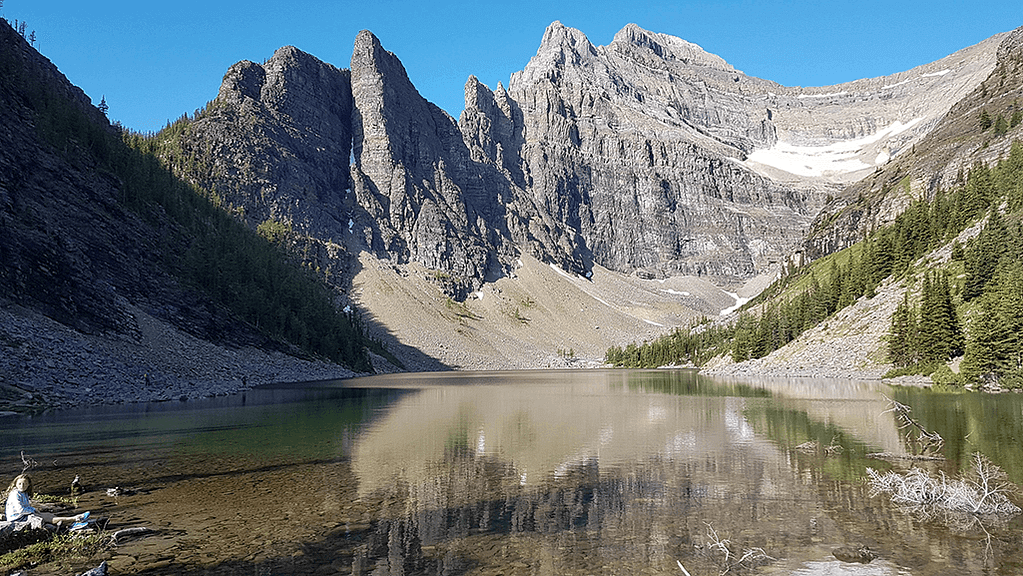
Among the hiking trips, the roads to Tea House on the shores of Lake Agnes, and the trail that leads to the very top of the Victoria Glacier deserve special attention.
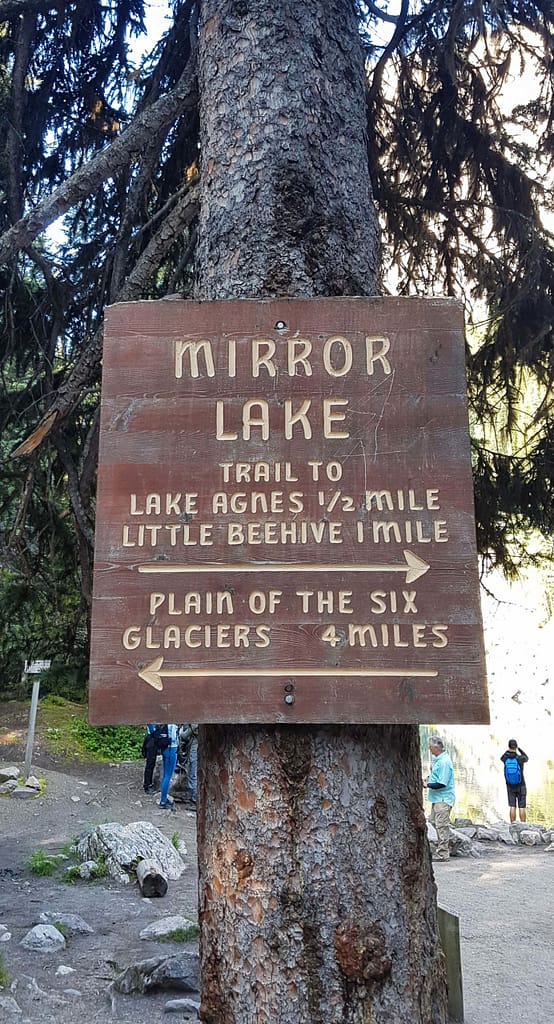
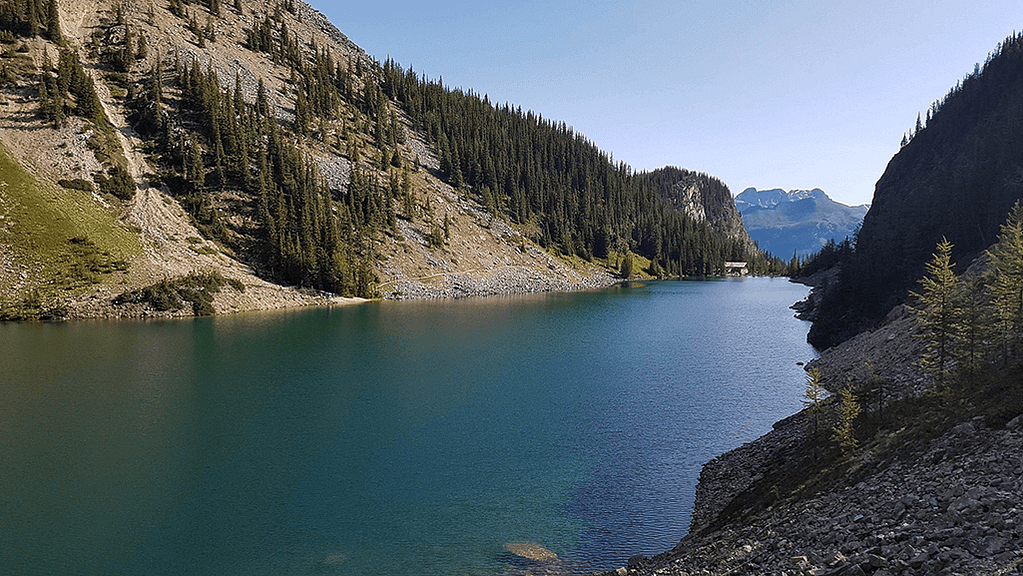
Due to its picturesque location, Lake Louse has become the perfect backdrop for the film industry. Many films have been shot in its area, with the participation of great stars. Recognized as “Hollywood North”, it hosted Marilyn Monroe, Alfred Hitchcock, Christopher Reeve, John Barrymore, Betty Grable and members of the royal family. Even now, on the already beaten track, you can meet the well- known film stars spending their holidays around Lake Louise.
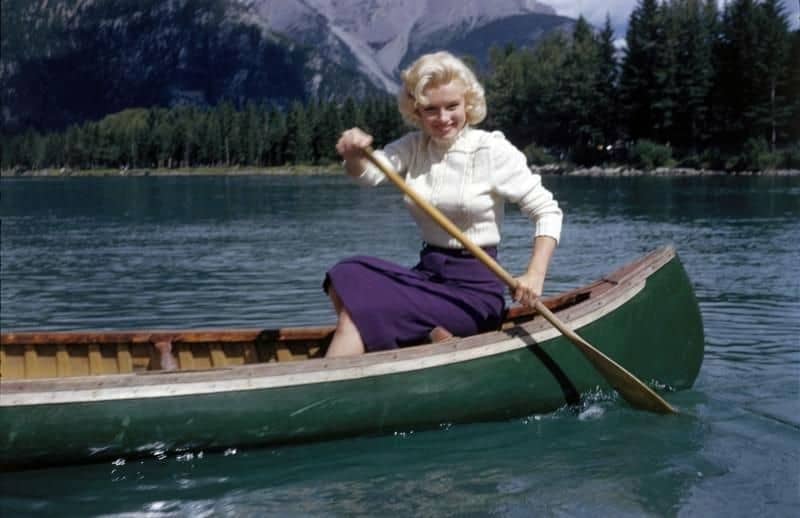
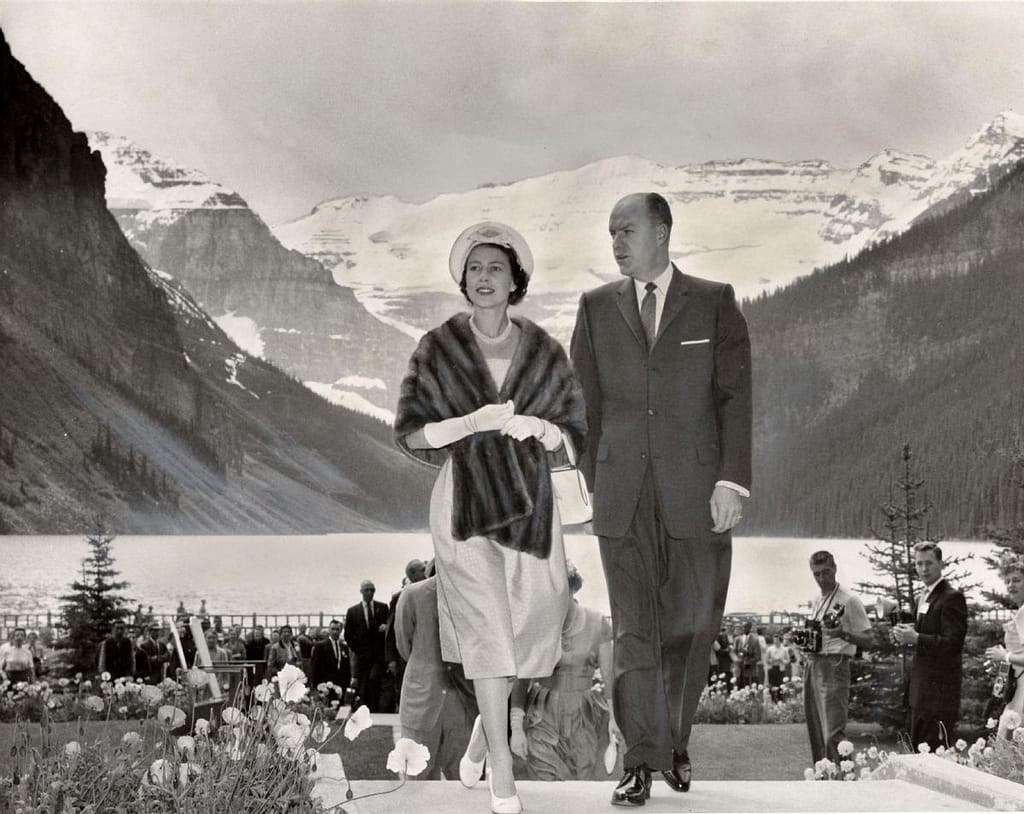
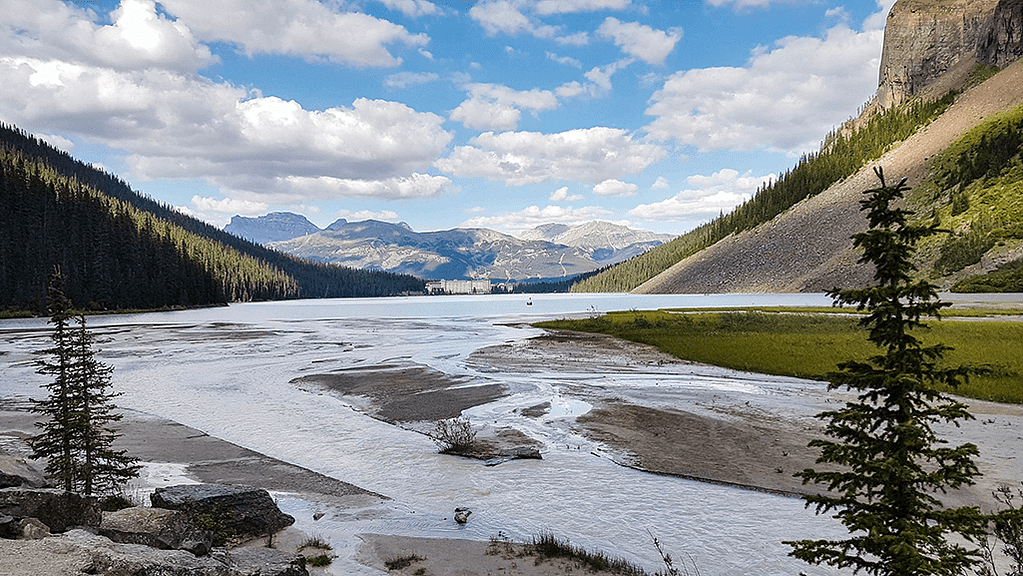
Today, Lake Louise is one of the most popular places in the Banff National Park. 2.4 km long and 1731 m high, the lake feeds the Bow River. It is a perfect place for summer holidays in the bosom of nature and winter skiing fun. Despite the large number of tourists, it has not lost its charm.
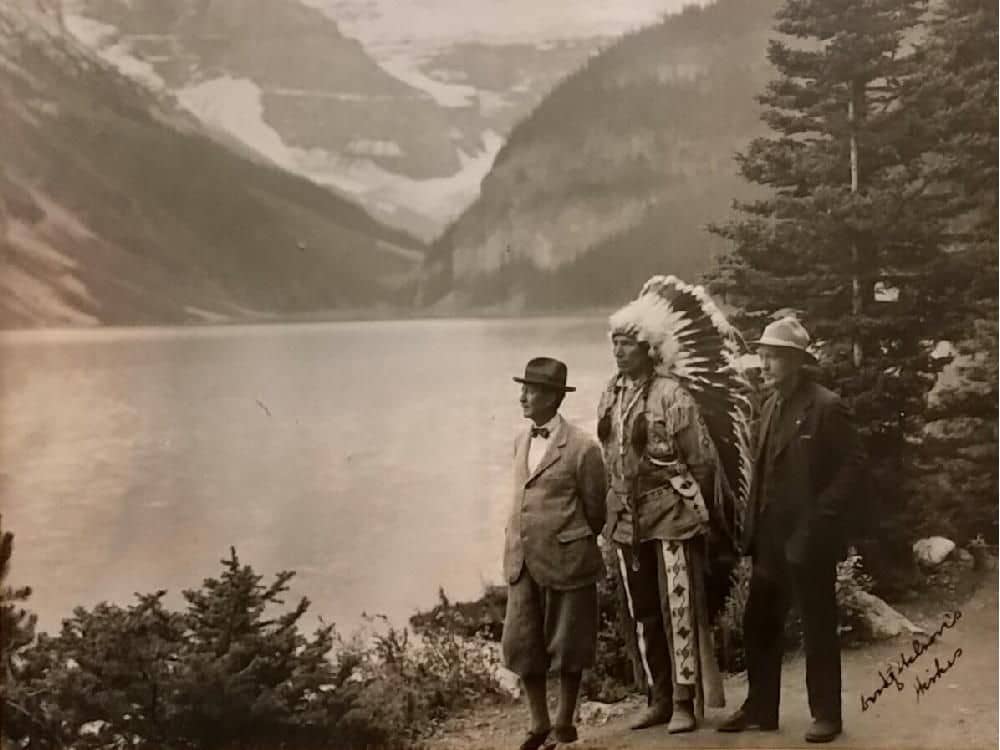
The Stoney Indians, who first inhabited the Rocky Mountain area, called Lake Ho-Rum-Num-Nay which means “lake of little fish”. Thomas Wilson, who was probably the first white man to “discover” the lake, called it the Emerald. Finally, two years later, in 1884, it was renamed in honor of Princess Louise, who was the daughter of Queen Victoria and the wife of John Campbell,the General Governor of Canada
As you walk along the emerald shores just off Fairmont Chateau Lake Louise, you can imagine what Thomas Wilson felt when he saw this amazing place for the first time. Perhaps, you can sometimes see through the windows of the Fairmont Chateau the silhouette of a man in a hat, and one of the chairs in the main hall that smells like tobacco. Perhaps it is the same chair from which Thomas entertained his guests with stories about his adventures and how he became the discoverer of this extraordinary lake
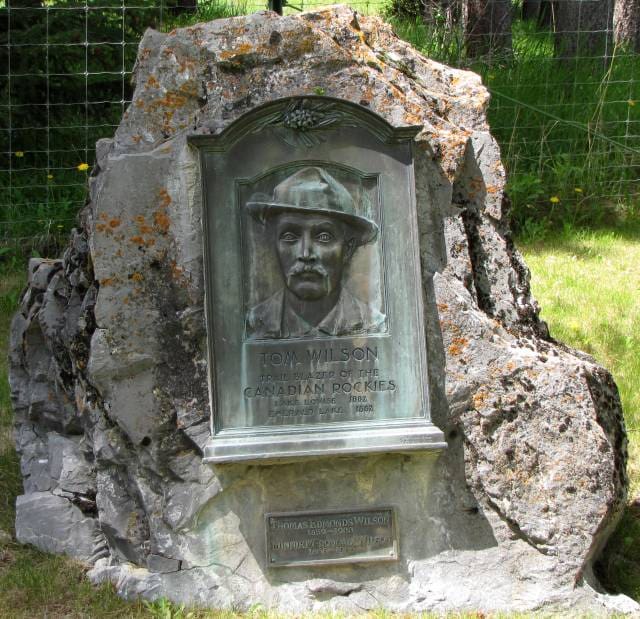
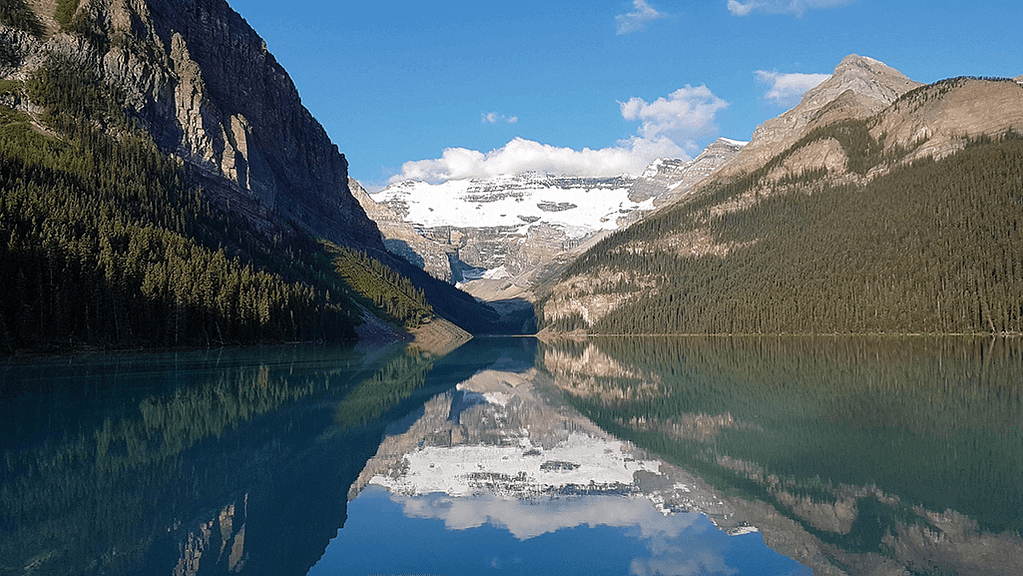
Below is a screenshot from our tour. The route ends on The Beehive because we turned on Devils Thumb. However, right next to the entrance to Devils Thumb and The Beehive, there is a descent to Lake Louise and the entire route will take about 2.5 – 3 hours. If you would like to see a bit more and enter Devils Thumb – here is a post about one of the most beautiful lookouts in Banff National Park.
